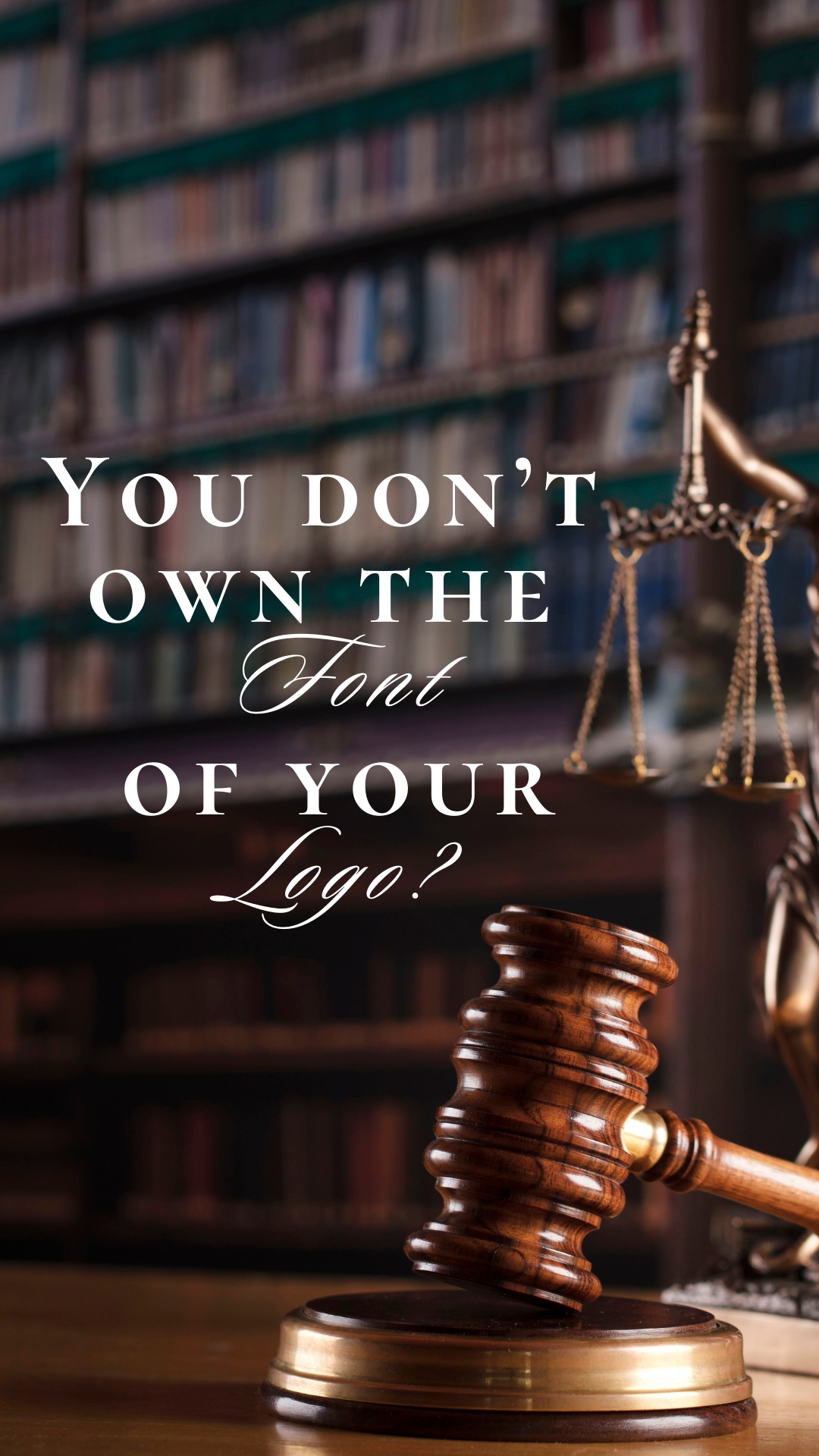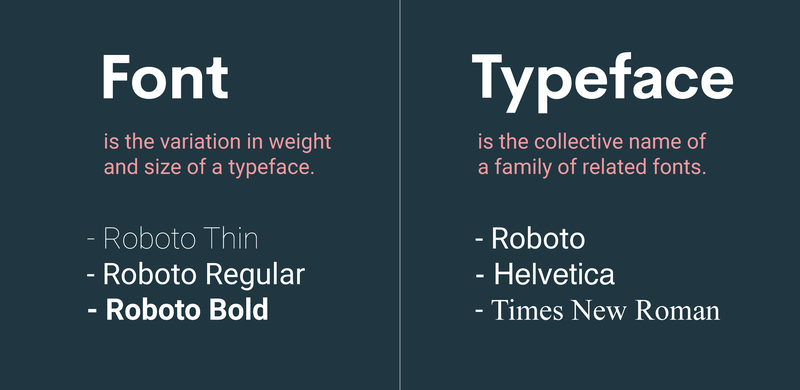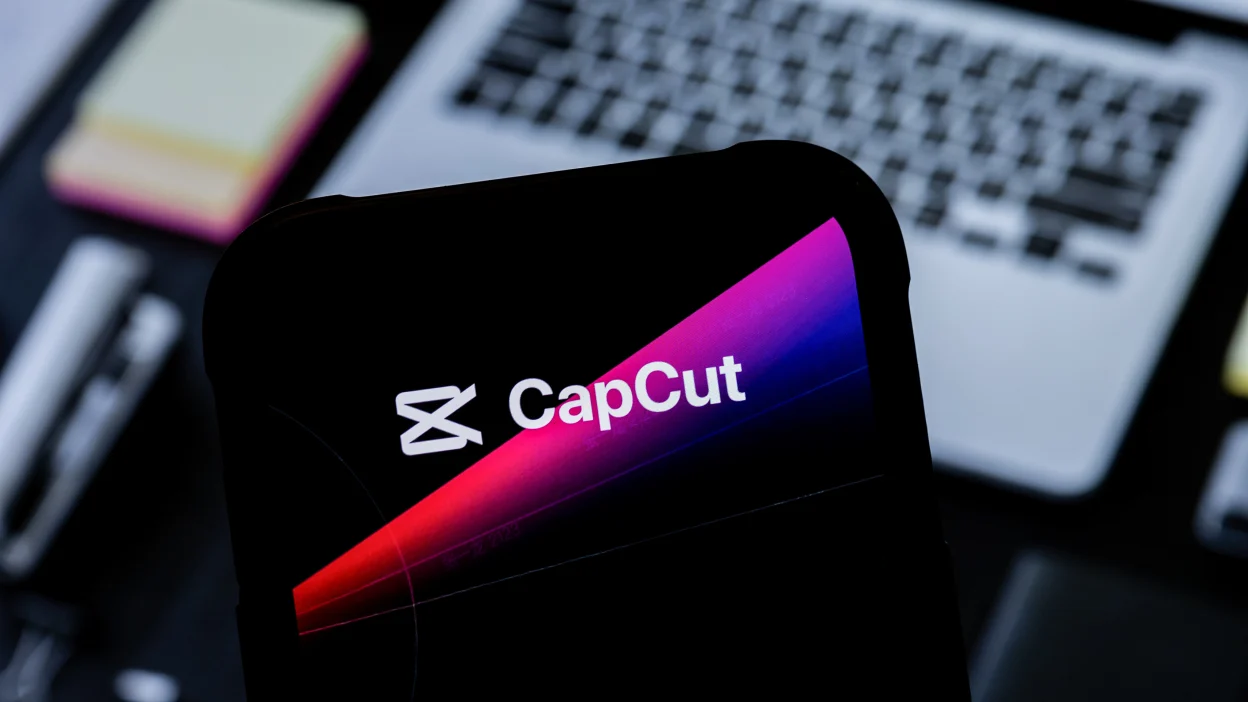This is a turnstile question that I hear all the time. I do not expect my clients to understand this from the get-go, but over time they do. Let me break it down for you:
Font licensing is getting permission from a font creator or distributor to use a particular font in a certain way.
Some fonts require you pay a commercial license!
There is a difference between owning the intellectual property rights to the font itself and owning the real file or representation of the font. This is why font ownership is often a problem. Here are some important things to think about:
Font Licencing: Most fonts are protected by copyright, and licencing deals say how they can be used. When you buy or download a font, you are basically getting permission to use it as long as you follow the rules set by the font maker or foundry. You may have to follow different rules, and they might include limits on how you can use the font, like how many computers you can run it on or what kinds of projects you can use it for.
Font licencing means getting permission to use a font in a certain way from the person who made or sold the font. You have to buy a licence for some fonts to use them, but others are free.
Even fonts that are free can have restrictions on how they can be used or require extra licencing fees based on what you want to do with them. This is why it’s important to always read the End User Licence Agreement (EULA) that comes with your font buy.
There are different types of font licences, and each has its own rules and permissions. Respect the artist!!
Types of Fonts: Personal Use vs. Commercial Use
Personal Use Fonts
You may have come across fonts that say “free for personal use” when you were looking for them on the internet. For fonts, “personal use” might have made you wonder what it really means. For personal use of a font, you can use it in any way that doesn’t directly or indirectly make you money. You could use a font for personal things like a school project or a sign at home. You shouldn’t have to pay for a font if it’s free, but it should still come with a license that says how to use it.
Commercial Use Fonts
Commercial use, on the other hand, means that you use a font for your business or in a way that can make you money. For business purposes, fonts are used for things like business cards, logos, and company clothes. You will usually have to buy a licence for a font if you want to use it for business purposes, unless the font paperwork makes it clear that you can use it for free for business purposes. People who want to use a font for business should always be given a usage licence deal. You should read this carefully to make sure you are using the font correctly.
Can I use a font with a desktop license on my website?
No. A typical desktop license allows you to install the font on your computer for use in design programs like InDesign. Webfont licenses allow you to embed that font in the code for a website or email. So, whereas you might use a desktop license to create a static image (like a .jpeg) you upload to your website, a webfont license facilitates the implementation of the font in the actual code of your website.
Once I license a font, can I share it with as many people as I want?
Not exactly. Most EULAs limit the number of “seats” or “workstations” that are allowed, aka the number of times it can be shared. If you need to share a font widely (for example if you have a huge creative team) you can include that in your initial license agreement. You can also purchase additional licenses to add seats or workstations if your needs change.
What is the difference between a typeface and a font?
Although the terms “font” and “typeface” are often used interchangeably, they do not, in fact, mean the same thing. “Typeface” refers to the design-the actual appearance of the letters, numerals, punctuation, and other symbols-while a font is the physical embodiment of the typeface, whether it’s a case of metal type or a computer file. More simply, a font is what you license and use, and a typeface is what you see.
A typeface is usually grouped together in a family containing individual fonts for a range of styles, including thin, light, regular italic, bold, condensed, and other variations of the primary design. Individuals and brands can license a single font, the whole family, or any selection of fonts from a typeface.
Always read your licensing agreements closely.
Embedding in Logos:
If you use a certain font in your logo, you may be able to use it for that reason as long as it doesn’t break the licence terms. You may own the font and have the right to share it, but this does not always follow.
Font Software vs. Logo Design:
Fonts are software, and buying a font licence is the same as buying a software licence. When you buy a font, you’re really just buying the licence that lets you use the font software as long as you follow the rules set out in the licence. When you create a logo, on the other hand, you use fonts to make a unique visual representation. Even though you own the design, the font belongs to the person who made it or the company that made it.
Custom Fonts:
If you paid someone to make a font just for your logo, the rights to that font would rest on the terms you agreed to with the font designer. Sometimes the creator still owns the font, but you may have permission to use it for certain things.
Distributing Fonts:
Most of the time, you can’t share fonts again without a separate licence. If you give someone your image file, they might not be able to use the font unless they also have a licence for it.
To stay on the right side of the law and avoid legal problems, it’s important to read and fully understand the font licence. If you have specific worries or questions about who owns the fonts in your logo, contact us for more information on the licensing terms.







